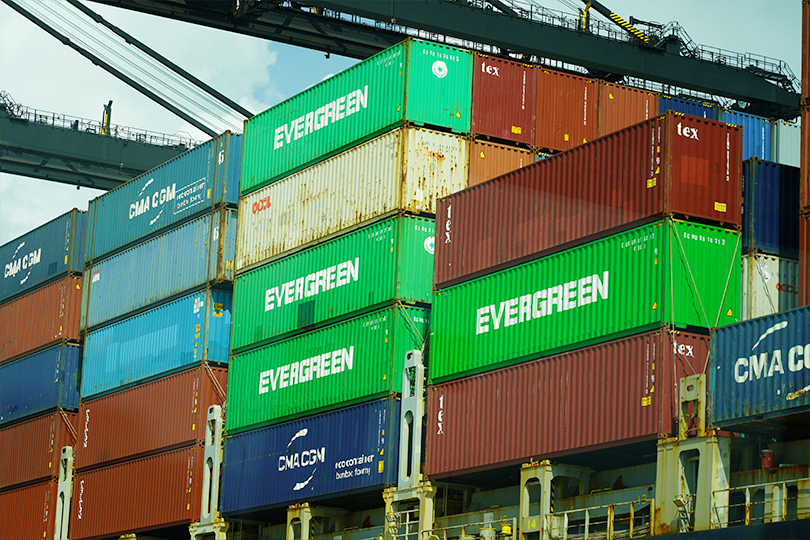By Jennifer Whitlock
Field Editor
The Federal Maritime Commission said last week more than 60 cargo container ships are stuck in a holding pattern off the coast of California. And even more—three times as many—are waiting to receive loads in China.
The logjam at shipping ports is a result of several factors related to the COVID-19 pandemic, said American Farm Bureau Federation (AFBF) Economist Veronica Nigh.
And the effects on agriculture are enormous.
“I’ve seen reports with estimates nearing $1.5 billion in lost ag exports, but that doesn’t cover the disruptions to inputs. When you look at factories being shut down, delays in getting cargo off ships and then distributed, obviously that adds up for producers on the supply or input side as well,” she said in a televised interview with RFD-TV. “So, certainly the longer this goes on, the larger that price tag will end up being.”
Overseas, exporters to the U.S. of crop input products like fertilizers and pesticides are experiencing energy crises, compounding the issues.
Factories in China and the United Kingdom are being forced to stop production to conserve energy. Nigh noted this means inputs may be more difficult to find as the next growing season begins.
And there aren’t many options to boost supplies.
“Ag exporters are often at the mercy of shipping companies who are at the mercy of a container ship,” she said. “So, it’s one of those things where it’s going to take everybody working together to try to ease port congestion for this issue to be alleviated.”
AFBF is working to direct congressional attention to the issue, she added. The recently introduced Ocean Shipping Reform Act of 2021 would update federal regulations for the shipping industry for the first time since 1998 to better reflect today’s economic environment and current federal policies. It would also help to reduce the United States’ trade imbalance with China and other nations.
“There are many things that need to be done from ports being open longer hours to more drivers and more warehouse space,” Nigh said. “But it’s going to take all of those things and concentrated effort by all players in order to fix this. Because right now, we’re looking at congestion going out more than three weeks at the West Coast ports, whereas it’s usually only about three or four days.”


Very good article but what about the other ports in the U.S. like New Orleans, Florida, the East Coast? All shipping doesn’t arrive on our west coast… What is the bottleneck that is causes the delays in the U.S. in unloading the ships…I understand there are not enough trucks, trains, drivers, etc. to haul the freight, or dock workers at the destination points to unload them when they arrive. Is some of it politically inspired? Union driven? Is it because of too much federal money is keeping people home on unemployment or COVID inspired regulations or what? Sixty ships is mind boggling but I suspect that is far from all that are in a holding pattern to unload.
This is what happens when countries rely on other countries for most of their supplies. Will we learn our lesson? Hopefully! Hopefully, we start bringing jobs back to the US and start producing our own.
The Port of Charleston is rollin’!
https://gcaptain.com/retail-imports-drive-record-volumes-at-port-of-charleston-container-terminals-in-september/